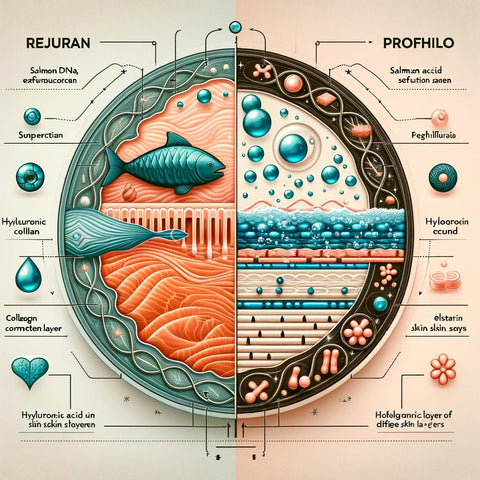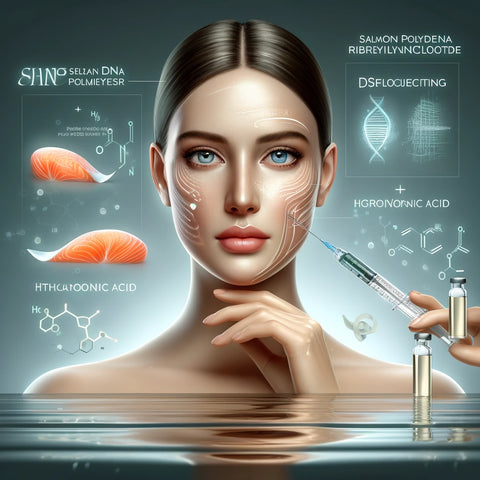Difference Between Primary and Secondary Skin Lesions
Two Examples of a Primary Skin Lesion Including Description
In this article we delve into understanding what are primary or secondary skin lesions. And further explore what are the causes, symptoms of the condition.
- Moles: Because common primary skin lesions often present from birth. They vary in size and color, usually benign but require monitoring.
- Port-Wine Stains: A type of birthmark often set apart by a red purplish spot. They are also capillary malformations, usually present at birth.
What Do We Consider As A Secondary Skin Lesion?
Secondary skin lesions arise from primary lesions or due to external factors. Examples also include scales, crusts, excoriations, erosions, ulcers, fissures, scars, and keloids, each may depend on appearance and cause.
Three Types of Secondary Skin Lesion
- Crust: Dried fluid around a wound, which is a sign of healing or sometimes an infection.
- Scale: Flaky, peeling skin, which are also often relative with various skin conditions.
- Scar: Pale or red raised tissue formed during the healing process of an injury.
What Do Benign Skin Lesions Look Like?
Benign skin lesions are like Seborrheic Keratoses, they are not cancerous. Moreover, causing scaly, brown, greasy plaques in different sizes often appear stuck onto the skin.
Can Skin Lesions Spread?
Some skin diseases can infect others and spread through easily through contact. These agents that infect also include viruses, bacteria, fungi, protozoa, and parasites.
Conclusion
While primary and secondary skin lesions are distinct, grasping their differences is key to be aware of potential skin health issues. Additionally always consult a healthcare professional for a proper diagnosis and treatment plan.
Common Questions Asked
Primary skin lesions are typically the direct result of an underlying health condition or genetic factors. For example, moles or congenital birthmarks like port-wine stains arise due to genetic mutations or developmental issues in the womb.
External factors like sun exposure can also play a role, especially in the formation of moles.
Yes, secondary skin lesions can develop independently. They often result from external causes such as injury, infection, or chronic conditions like diabetes. For instance, a bacterial infection can lead to the formation of ulcers without a primary lesion preceding it.
Not all primary skin lesions are harmful. Many, such as moles and freckles, are benign and quite common.
However, any change in size, color, or shape, or the appearance of new lesions, should be evaluated by a healthcare professional to rule out skin conditions, including skin cancer.
Primary skin lesions often have a distinct appearance and are usually present from birth or develop in accordance with a disease's progression.
Secondary lesions, on the other hand, often evolve from primary lesions or appear due to factors like scratching, infection, or the healing process. It's best to consult with a dermatologist for an accurate diagnosis.







